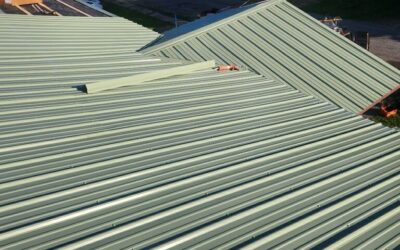iturn0image0turn0image1turn0image3turn0image9How to Install Adjustable Roof Brackets for Shingle Roofing Jobs


Working on sloped roofs can be challenging and hazardous. Adjustable roof brackets, also known as roof jacks, provide a stable platform for roofers to stand on, enhancing safety and efficiency during shingle installation. This comprehensive guide will walk you through the process of selecting, installing, and safely using adjustable roof brackets for your roofing projects.
Understanding Adjustable Roof Brackets
Adjustable roof brackets are metal supports designed to hold planks or boards on sloped roofs, creating a temporary work platform. They are essential for maintaining balance and reducing fatigue during roofing tasks.
Key Features:
- Adjustability: Can be set to accommodate various roof pitches.
- Material: Typically made of durable steel or aluminum.
- Compatibility: Designed to hold standard-sized planks, usually 2×6 or 2×10 boards.
Safety Precautions Before Installation
Safety should always be the top priority when working on roofs.
- Personal Protective Equipment (PPE):
- Wear a safety harness connected to a secure anchor point.
- Use non-slip footwear and gloves.
- Weather Conditions:
- Avoid working on roofs during wet or windy conditions.
- Inspection:
- Check the roof structure for any damage or weak spots.
Tools and Materials Needed
- Adjustable roof brackets
- Wooden planks (2×6 or 2×10)
- Hammer or nail gun
- Roofing nails (minimum 3-inch)
- Measuring tape
- Chalk line
- Level
- Roofing shovel (for shingle removal if necessary)
Step-by-Step Installation Guide
1. Determine Roof Pitch:
- Use a level and measuring tape to calculate the roof’s pitch.
- Adjust the brackets to match the roof’s angle.
2. Locate Rafters:
- Use a stud finder or tap method to find the rafters beneath the shingles.
- Mark the rafter locations with chalk.
3. Position the Brackets:
- Place the bracket so that its base aligns with the rafter.
- Lift the shingle slightly to slide the top of the bracket underneath.
4. Secure the Brackets:
- Nail the bracket into the rafter using at least three nails.
- Ensure the nails are driven into the narrow part of the bracket’s nail slots for easy removal later.
5. Install Additional Brackets:
- Repeat the process, spacing brackets no more than 8 feet apart.
- Ensure all brackets are level with each other.
6. Place the Planks:
- Lay the wooden planks across the brackets to form a platform.
- Secure the planks to the brackets using nails or screws to prevent movement.
Using the Roof Bracket Platform
- Always test the stability of the platform before starting work.
- Do not overload the platform; adhere to the manufacturer’s weight limits.
- Keep tools and materials organized to prevent tripping hazards.
Removing the Roof Brackets
- Remove Planks:
- Carefully detach and lower the planks from the brackets.
- Extract Nails:
- Use a hammer to remove the nails securing the brackets.
- Lift Brackets:
- Gently lift the brackets from under the shingles.
- Seal Nail Holes:
- Apply roofing cement to the nail holes to prevent water infiltration.
Maintenance and Storage
- Clean the brackets after each use to remove debris and moisture.
- Inspect for any signs of wear or damage before storage.
- Store in a dry, protected area to prevent rust and corrosion.
Conclusion
Adjustable roof brackets are invaluable tools for ensuring safety and efficiency during shingle roofing projects. By following proper installation procedures and safety protocols, you can create a stable working platform that facilitates high-quality workmanship. Always consult the manufacturer’s guidelines for specific instructions related to your equipment.
For a visual demonstration of installing roof jacks, you may find the following video helpful:
videoHow to Install and Remove Roof Jacksturn0search0
 (440) 307-2060
(440) 307-2060




